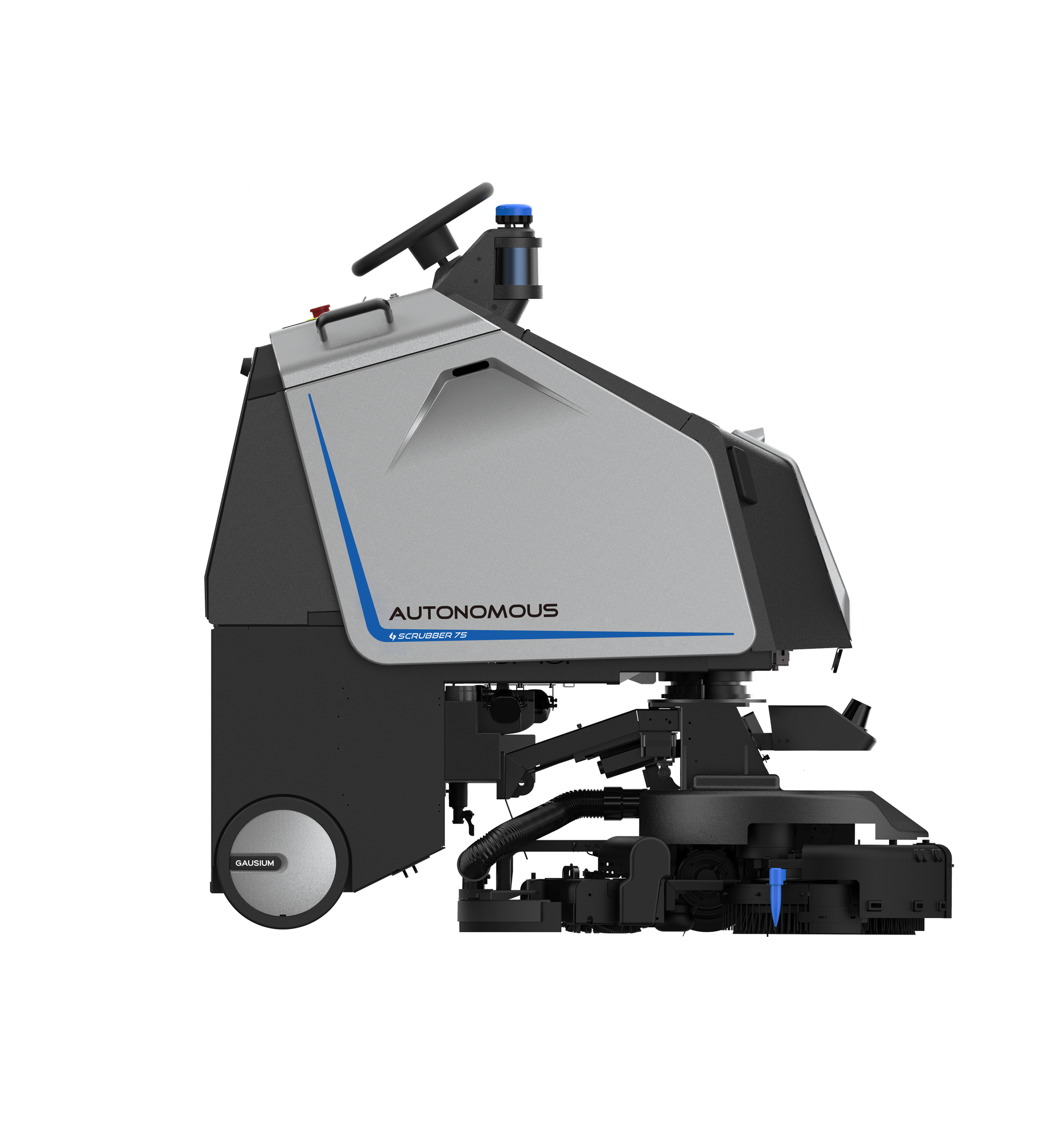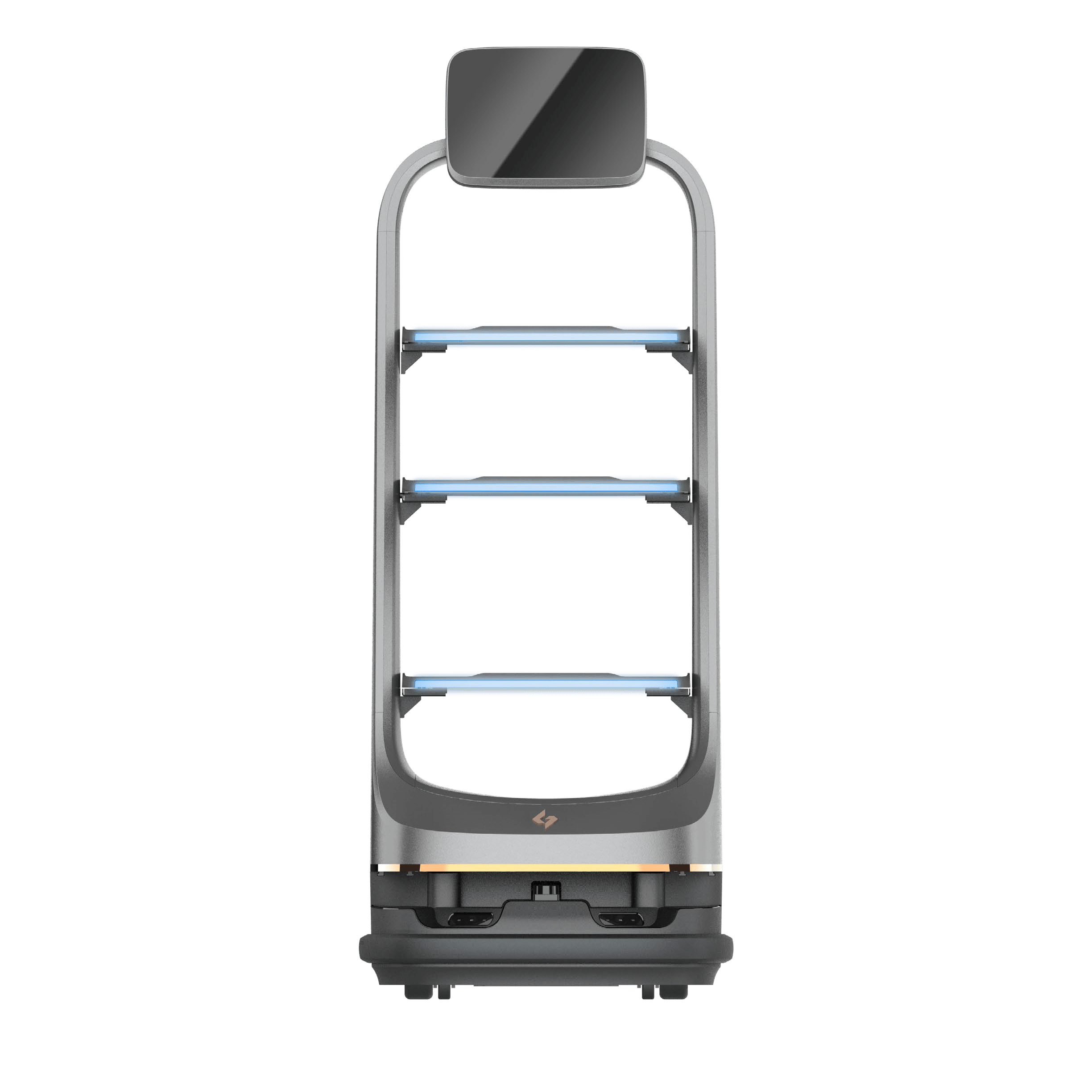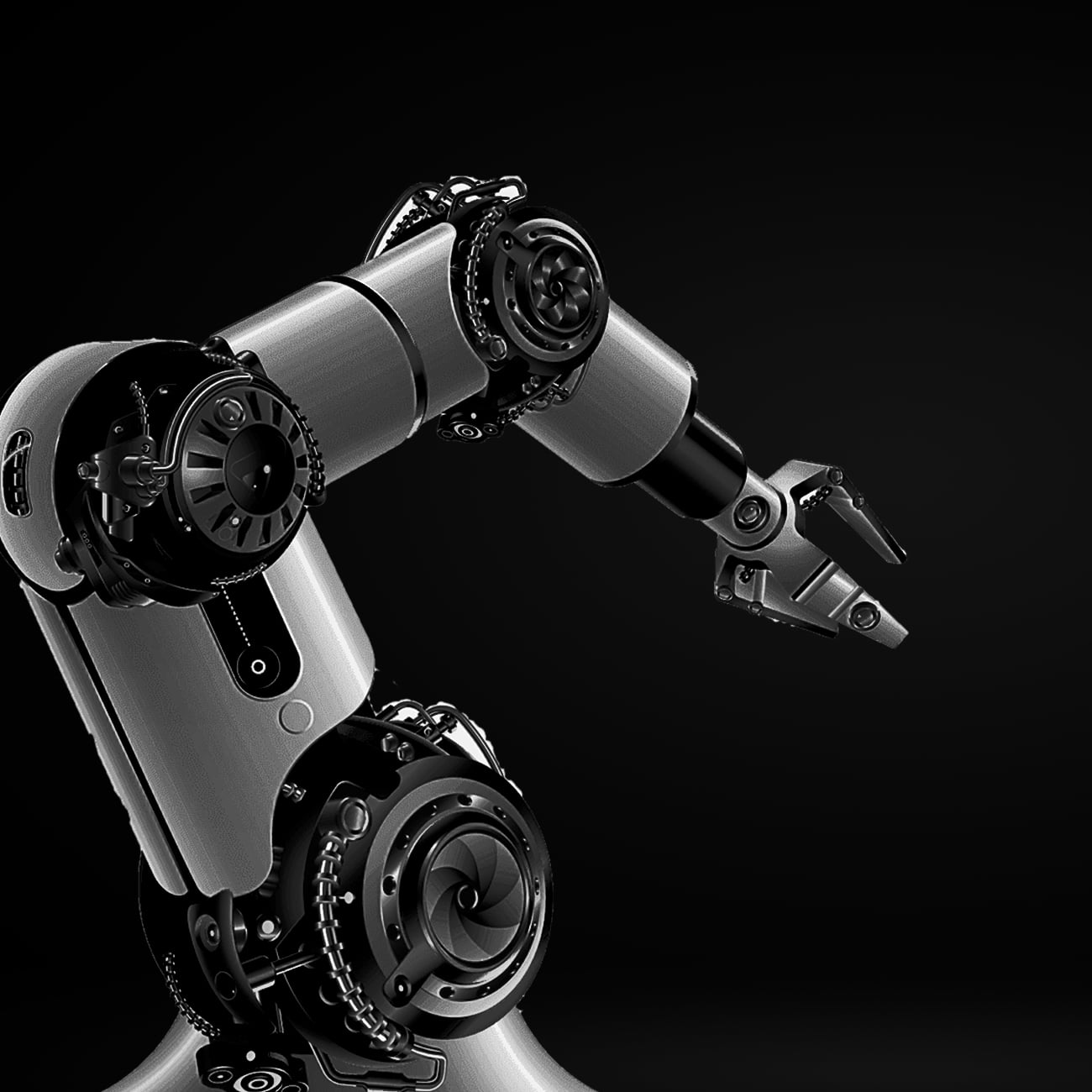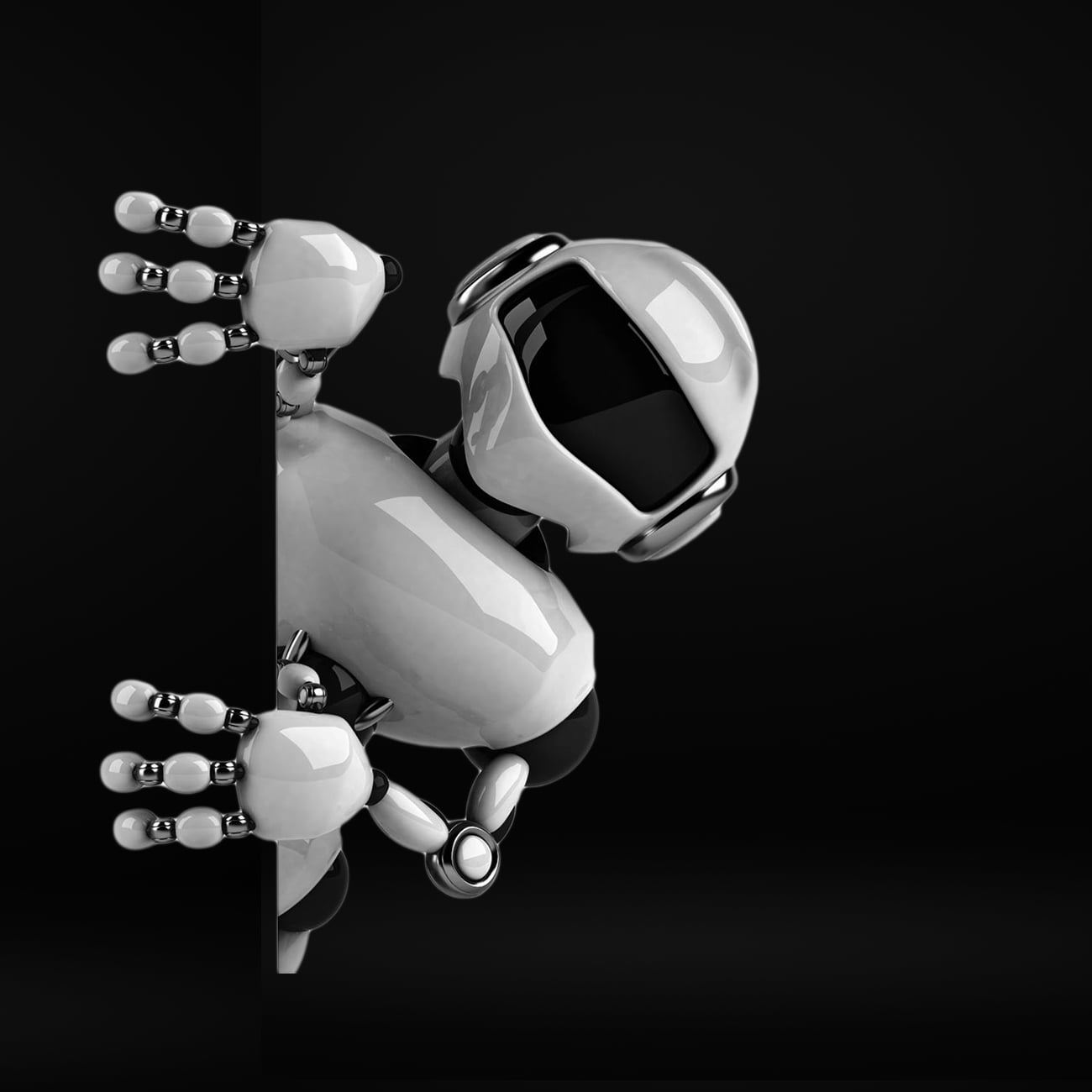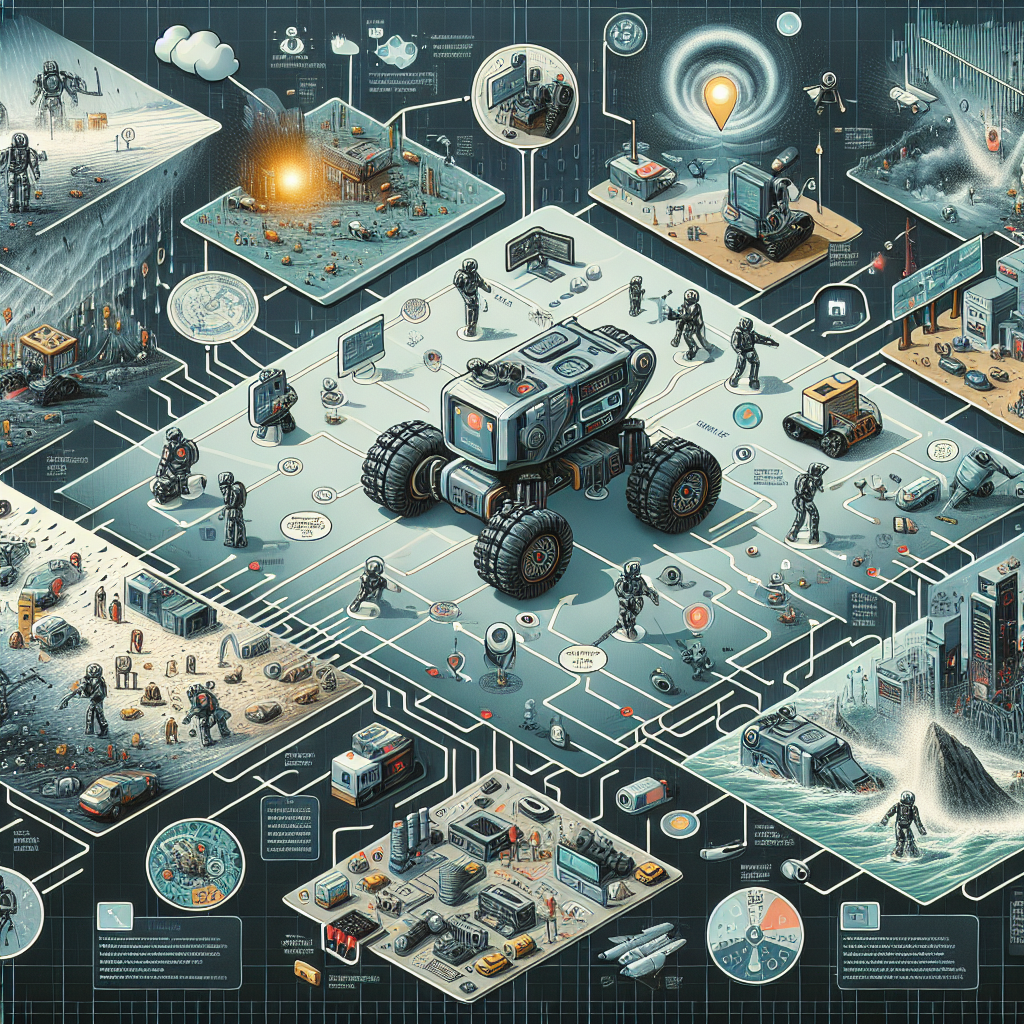-
Table of Contents
“Navigating the Future: Unraveling the Challenges and Limitations of Autonomous Robots.”
Autonomous robots represent a significant advancement in technology, capable of performing tasks without human intervention. However, their development and deployment face numerous challenges and limitations. These include technical hurdles such as sensor accuracy, navigation in complex environments, and decision-making under uncertainty. Additionally, ethical considerations, regulatory frameworks, and public acceptance pose significant barriers to widespread adoption. Understanding these challenges is crucial for advancing the field and ensuring that autonomous robots can operate safely and effectively in various applications, from industrial automation to personal assistance.
Ethical Implications of Autonomous Robot Decision-Making
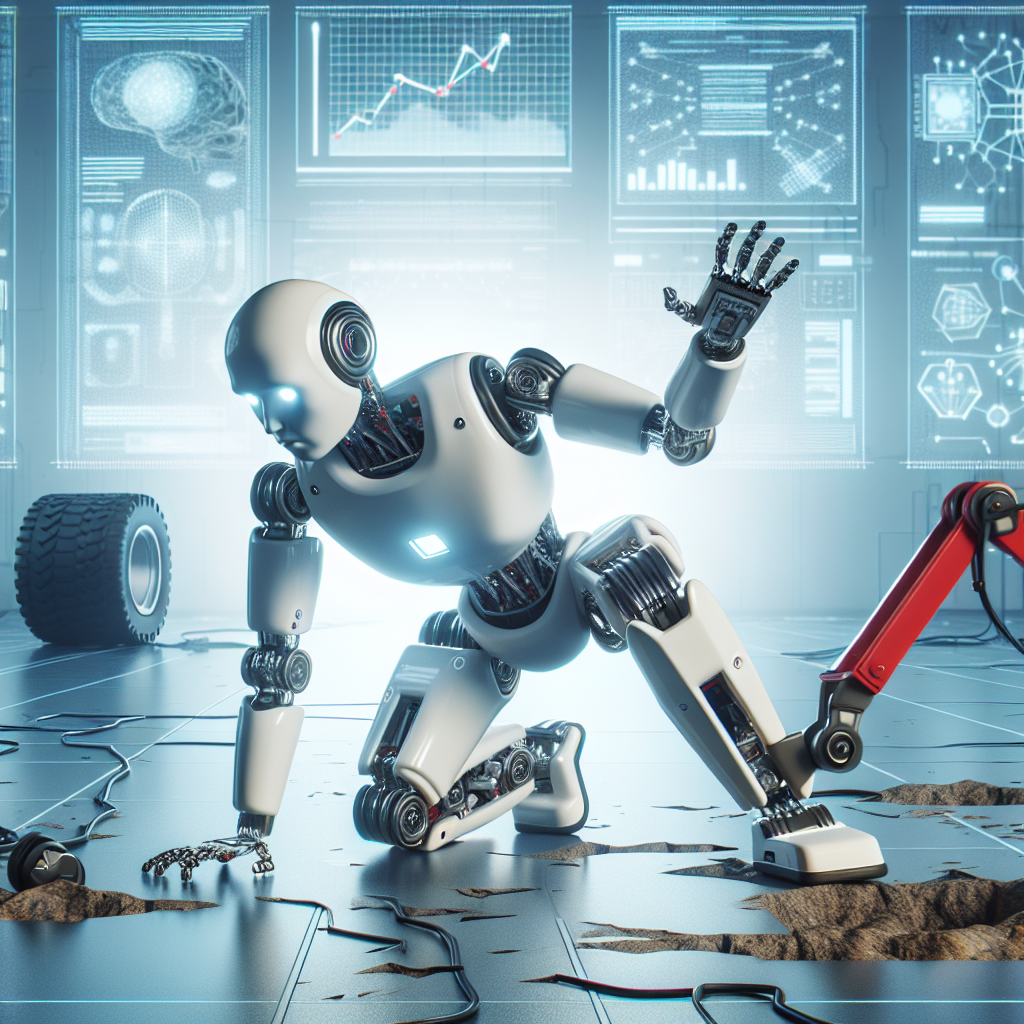
The rise of autonomous robots has ushered in a new era of technological advancement, yet it also brings forth a myriad of ethical implications, particularly concerning their decision-making processes. As these machines become increasingly capable of operating independently, the question of how they make decisions—and the moral frameworks guiding those decisions—becomes paramount. This is especially true in scenarios where autonomous robots are tasked with making choices that could impact human lives, such as in healthcare, military applications, or transportation.
One of the primary ethical concerns revolves around the programming of decision-making algorithms. These algorithms are often based on data sets that may contain biases, leading to decisions that could perpetuate or even exacerbate existing inequalities. For instance, if an autonomous vehicle is programmed using data that reflects biased driving patterns, it may inadvertently prioritize certain demographics over others in emergency situations. This raises critical questions about accountability: who is responsible when an autonomous robot makes a decision that results in harm? The developers, the users, or the robots themselves? The ambiguity surrounding accountability complicates the ethical landscape, as it challenges traditional notions of liability and responsibility.
Moreover, the transparency of decision-making processes in autonomous robots is another significant ethical issue. Many algorithms operate as “black boxes,” where the rationale behind their decisions is not easily understood, even by their creators. This lack of transparency can lead to a distrust of autonomous systems, particularly in high-stakes environments. For example, if a robot in a healthcare setting makes a life-or-death decision based on opaque criteria, patients and medical professionals may question the reliability and fairness of that decision. Consequently, fostering trust in these systems requires not only robust algorithms but also clear communication about how decisions are made.
In addition to transparency, the ethical implications of programming moral frameworks into autonomous robots cannot be overlooked. The challenge lies in determining which ethical principles should guide their decision-making. Should robots adhere to utilitarian principles, maximizing overall happiness, or should they follow deontological ethics, which emphasize duty and rules? The complexity of human morality makes it difficult to codify these principles into algorithms, and differing cultural perspectives on ethics further complicate the matter. As robots are deployed globally, the risk of imposing a singular ethical framework that may not resonate with diverse populations becomes a pressing concern.
Furthermore, the potential for autonomous robots to operate in unpredictable environments introduces additional ethical dilemmas. In scenarios where robots must make split-second decisions, the inability to foresee every possible outcome can lead to unintended consequences. For instance, in military applications, an autonomous drone may face a situation where it must choose between two equally undesirable outcomes. The ethical implications of such decisions are profound, as they challenge the very essence of human judgment and moral reasoning.
As we navigate the complexities of autonomous robot decision-making, it is essential to engage in ongoing dialogue among technologists, ethicists, policymakers, and the public. This collaborative approach can help establish guidelines and frameworks that ensure ethical considerations are integrated into the development and deployment of autonomous systems. Ultimately, addressing the ethical implications of autonomous robot decision-making is not merely a technical challenge; it is a societal imperative that will shape the future of human-robot interaction and the broader implications for our ethical landscape. By prioritizing these discussions, we can work towards a future where autonomous robots enhance human life while adhering to the moral standards we hold dear.
Technical Limitations of Current Autonomous Robotics
The field of autonomous robotics has made significant strides in recent years, yet it remains constrained by a variety of technical limitations that hinder its full potential. One of the most pressing challenges is the complexity of perception systems. Autonomous robots rely heavily on sensors to interpret their surroundings, but current technologies often struggle with accurately processing data in real-time. For instance, while cameras and LIDAR systems can provide detailed information about the environment, they can be easily misled by poor lighting conditions, weather variations, or unexpected obstacles. This limitation not only affects navigation but also impacts decision-making processes, as robots may misinterpret critical information, leading to errors in judgment.
Moreover, the algorithms that drive autonomous robots are still evolving. Machine learning and artificial intelligence have enabled significant advancements, yet these systems often require vast amounts of data to function effectively. In many cases, the training data may not encompass all possible scenarios a robot might encounter in the real world. Consequently, robots can exhibit unpredictable behavior when faced with unfamiliar situations, which poses a risk in applications ranging from manufacturing to healthcare. The inability to generalize from training data to real-world applications remains a significant hurdle that developers must overcome.
In addition to perception and algorithmic challenges, the limitations of battery technology further constrain the operational capabilities of autonomous robots. Most current models rely on rechargeable batteries, which can restrict their range and operational time. While advancements in energy storage are being made, the need for longer-lasting and faster-charging batteries is critical for the widespread adoption of autonomous systems. This limitation is particularly evident in applications such as delivery drones or autonomous vehicles, where extended operational periods are essential for efficiency and effectiveness.
Another technical limitation lies in the communication systems that facilitate interaction between robots and their environments. Many autonomous robots operate in environments where connectivity can be sporadic or unreliable. For instance, in remote areas or densely populated urban settings, maintaining a stable connection to cloud services or other data sources can be challenging. This lack of reliable communication can hinder a robot’s ability to access real-time information, which is crucial for making informed decisions. As a result, the development of more robust communication protocols and infrastructure is necessary to enhance the functionality of autonomous systems.
Furthermore, the integration of autonomous robots into existing workflows presents its own set of technical challenges. Many industries have established processes that may not easily accommodate the introduction of robotic systems. For example, in manufacturing, the seamless integration of robots into assembly lines requires careful consideration of compatibility with existing machinery and workflows. This necessitates not only technical adjustments but also a cultural shift within organizations, as employees must adapt to working alongside robots.
In conclusion, while the potential of autonomous robots is vast, their current technical limitations present significant challenges that must be addressed. From perception and algorithmic constraints to battery technology and communication issues, these hurdles require ongoing research and innovation. As the industry continues to evolve, overcoming these limitations will be crucial for unlocking the full capabilities of autonomous robotics, ultimately leading to more efficient and effective solutions across various sectors. The journey toward fully autonomous systems is complex, but with persistent effort and collaboration, the future holds promise for transformative advancements in this exciting field.
Safety Concerns in Autonomous Robot Deployment
The deployment of autonomous robots in various sectors has ushered in a new era of efficiency and innovation. However, this technological advancement is not without its challenges, particularly concerning safety. As organizations increasingly integrate autonomous robots into their operations, it becomes imperative to address the safety concerns that accompany their use. These concerns not only affect the robots themselves but also extend to human workers, the environment, and the overall operational integrity of businesses.
One of the primary safety concerns revolves around the interaction between autonomous robots and human workers. In environments where both coexist, such as manufacturing floors or warehouses, the potential for accidents increases. Autonomous robots, while designed to operate independently, may not always accurately interpret their surroundings or predict human behavior. This unpredictability can lead to collisions or other hazardous situations. Consequently, organizations must invest in advanced sensor technologies and artificial intelligence algorithms that enhance the robots’ ability to navigate complex environments safely. Moreover, implementing robust safety protocols and training programs for human workers is essential to mitigate risks associated with these interactions.
In addition to human safety, there are concerns regarding the reliability of autonomous robots themselves. Technical malfunctions or software errors can result in unintended consequences, potentially leading to property damage or safety incidents. For instance, a malfunctioning robot in a logistics setting could misplace heavy loads, causing not only financial losses but also posing risks to nearby personnel. To address these issues, companies must prioritize rigorous testing and validation processes before deploying autonomous robots. This includes simulating various operational scenarios to ensure that the robots can handle unexpected situations effectively. Furthermore, ongoing maintenance and real-time monitoring systems are crucial to detect and rectify any issues that may arise during operation.
Another significant aspect of safety in autonomous robot deployment is cybersecurity. As these robots become increasingly connected to networks and data systems, they also become vulnerable to cyber threats. A successful cyberattack could compromise the robot’s functionality, leading to dangerous situations. For instance, an attacker could manipulate a robot’s navigation system, causing it to operate erratically. To counteract these threats, organizations must implement comprehensive cybersecurity measures, including encryption, access controls, and regular security audits. By safeguarding the digital infrastructure that supports autonomous robots, businesses can enhance their overall safety posture.
Moreover, regulatory compliance plays a critical role in ensuring the safe deployment of autonomous robots. As governments and industry bodies develop guidelines and standards for robotic technologies, organizations must stay informed and adhere to these regulations. Compliance not only helps mitigate legal risks but also fosters public trust in autonomous systems. Engaging with regulatory bodies during the development and deployment phases can provide valuable insights into best practices and emerging safety standards.
In conclusion, while the integration of autonomous robots presents numerous opportunities for efficiency and innovation, it also brings forth significant safety concerns that must be addressed proactively. By focusing on human-robot interaction, ensuring reliability through rigorous testing, enhancing cybersecurity measures, and adhering to regulatory standards, organizations can navigate the complexities of autonomous robot deployment. Ultimately, prioritizing safety will not only protect workers and assets but also pave the way for a more sustainable and successful integration of autonomous technologies into the business landscape.
Q&A
1. **Question:** What is a major challenge in the navigation of autonomous robots?
**Answer:** A major challenge in navigation is the ability to accurately perceive and interpret complex environments, which can include dynamic obstacles, varying terrain, and unpredictable human behavior.
2. **Question:** How do ethical considerations limit the deployment of autonomous robots?
**Answer:** Ethical considerations limit deployment by raising concerns about decision-making in critical situations, accountability for actions taken by robots, and the potential for bias in algorithms affecting outcomes.
3. **Question:** What is a significant limitation regarding the energy supply for autonomous robots?
**Answer:** A significant limitation is the reliance on battery technology, which can restrict operational time and range, making it challenging for robots to perform extended tasks without recharging or refueling. Autonomous robots face several challenges and limitations, including technical hurdles such as sensor reliability, navigation in complex environments, and decision-making under uncertainty. Additionally, ethical concerns regarding safety, accountability, and job displacement pose significant societal challenges. Furthermore, regulatory frameworks and public acceptance are critical for widespread adoption. Addressing these issues is essential for the successful integration of autonomous robots into various sectors.
